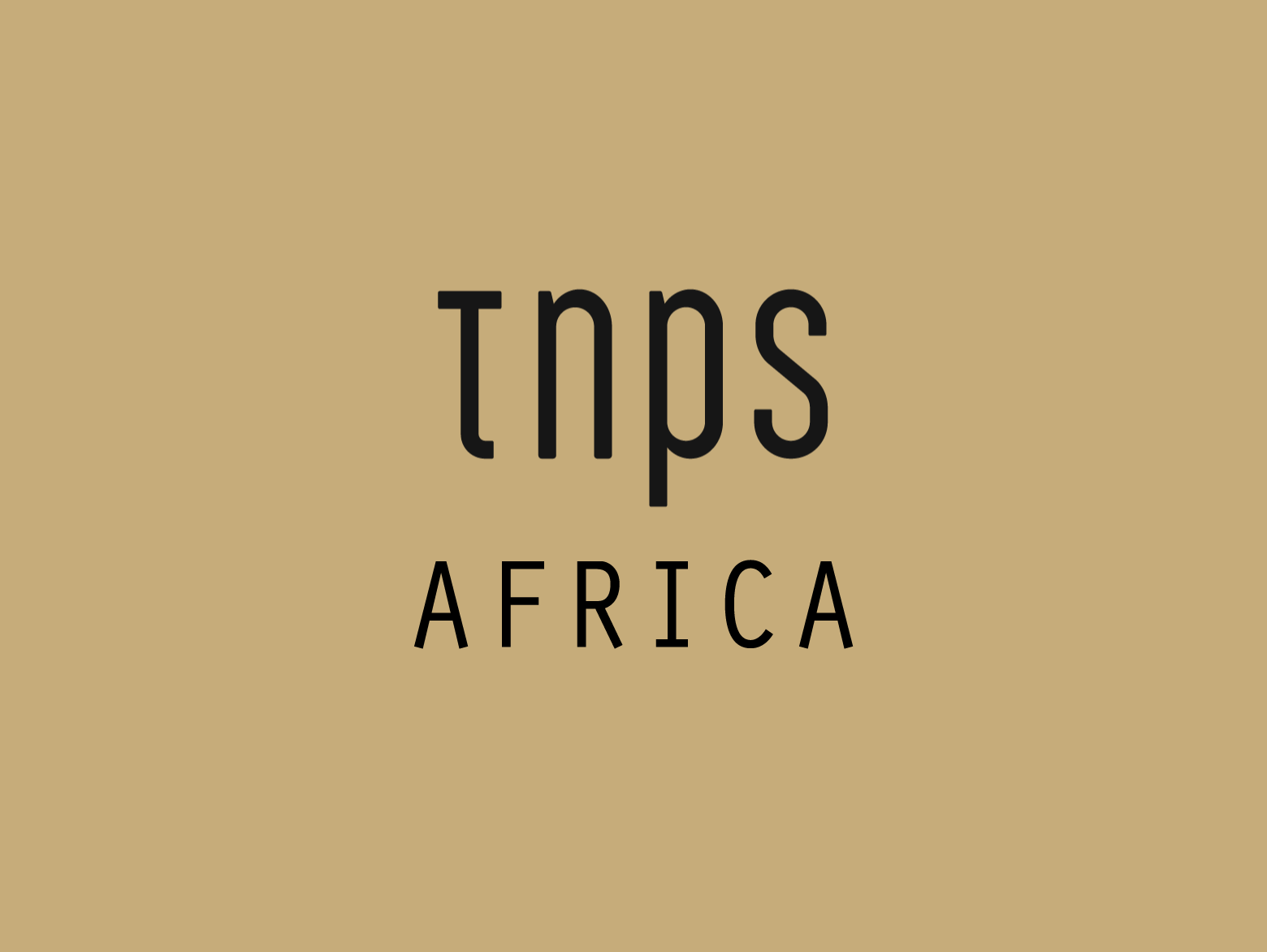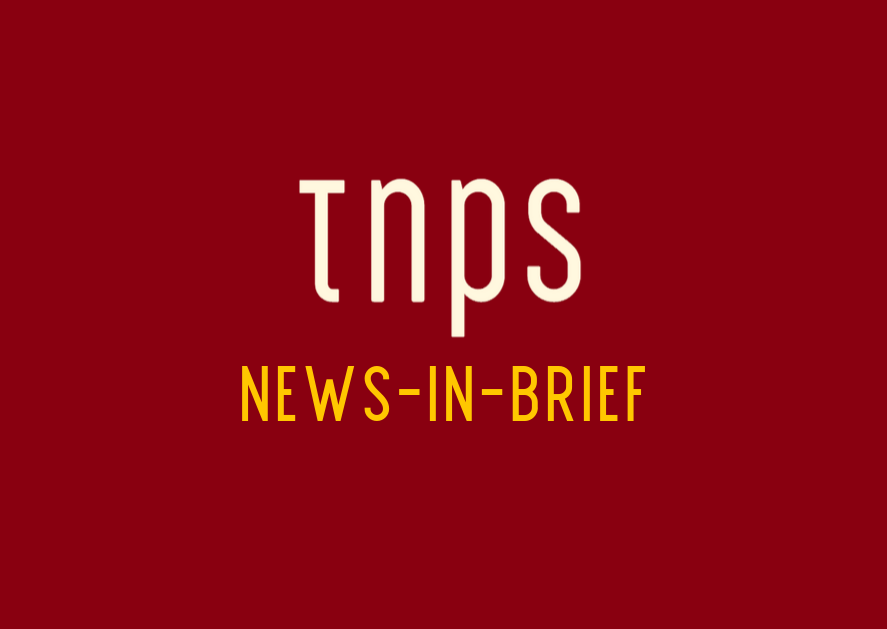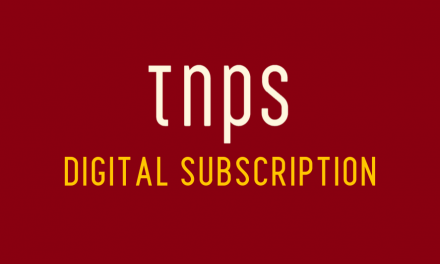At the start of this year Storytel changed its remuneration model for publishers, from a fixed payment per unit consumed to a rate per hour of consumption.
Under the old model Storytel paid publishers between $1.81-$2.13 per book consumed, which disproportionately rewarded shorter works and penalized longer ones.
It’s a debate we are all familiar with from Amazon’s Kindle Unlimited, where indie authors and small presses get paid by the page read.
As always there are winners and losers. Kindle Unlimited authors milking (some would say scamming) the system with a twenty-page book were getting the same payment as a regular author with a 250 page book. Or a 500 page book.
Even if the 20 page book was legitimate (many weren’t) it meant Amazon was paying out ten payments for ten twenty-page books compared to one payment for one 200 page book. It was never going to be sustainable.
The same with Storytel. A thirty-minute audiobook getting paid the same as a fifteen hour title was not only unfair on the publisher but eating heavily into Storytel’s margins. One payment for the fifteen hour title. Thirty payments for the same volume of consumption across thirty thirty-minute titles.
There may well have been some gaming of the system too, that led to Storytel’s decision to end the pay-per-book model, but Storytel is not as easily accessible as Kindle Unlimited, where pretty much anyone can upload anything, so it’s unlikely system-gaming was a big factor in the Storytel decision to change the remuneration model.
It was just sound economics. And that’s the problem for publishers on the outside, looking in.
The all-you-can-eat subscription model is already viewed in mature markets as highly suspect. It encourages consumers to expect more for less – viewed by many as a slippery slope.
In the Storytel emerging markets (India, Russia, Iceland, Arabia, SE Asia, etc) or mature markets where western players have yet to venture (South Korea) that concern is lightened by the cold reality that the subscription model may be one of the few options for consumers, and regular-priced audio may be simply unaffordable. That will be one key reason Audible is reluctant to move outside its comfort zones.
But therein lies the appeal. In these emerging and untapped markets publishers stand to gain something where they were previously getting nothing. It’s that that makes Storytel so attractive despite the remuneration model.
But is the Storytel remuneration model really that bad?
Over at Boktugg, Sölve Dahlgren breaks down the numbers for us:
For those publishers that have 50-50 revenue sharing, the compensation will be SEK 1.83 per hour listened audiobook.
The amount of SEK 3.66 is divided for the majority of publishers by half and with SEK 1.83 / h, a book of 15 hours gives SEK 27.45 ($2.94) in compensation. For a short story of 30 minutes, it will be only 91.5 öre ($0.10).
With the new hour-based replacement model, longer books are benefited. The break point was around 10-11 hours. Writers (and publishers) who write books up to 17-18 hours or more could enjoy a raise while novella writers saw the entire profitability being erased overnight. For them, the new increase of 11 öre per hour also does not help.
But there is a pay rise on the way.
As reported here in May, Storytel CEO Jonas Tellander elected to use the decrease in VAT rates, which came into effect July 1 and therefore will impact Q3 payments and beyond, to boost royalty pay-outs.
Boktugg again:
Storytel, as we know, is holding the monthly price to consumers at SEK 169 a month at the monthly price despite the fact that VAT was reduced from 25 to 6 per cent at mid-year. If the entire VAT effect cuts through, the pot per hour would land at SEK 4.31 / h based on SEK 3.66 / h (Q2). For most of the publishers, they have to keep 50 per cent, but there are exceptions with publishers that have less or greater share. Reportedly up to 60 percent and down to 40 percent share for the publisher.
The VAT effect could thus raise the compensation to SEK 2.15 / h from Storytel.
Boktugg adds here that for ebooks, both Bookbeat and Storytel convert the ebooks to an hourly equivalent.
Now let’s suppose, for argument’s sake, that the accumulated hourly compensation for a standard length audiobook comes in at close to, but maybe slightly below, what a publisher would earn from a regular sale.
It’s important to bear in mind here that, unless a big-name author or star narrator is involved, it’s fair to say a thirty-minute audiobook would normally retail for a lot less than a fifteen hour audiobook. So the low compensation for a thirty-minute title under the hourly rate should not influence the debate unduly. And in any case the production costs and therefore the break-even point will be much lower.
What matters here, and why the by hour / by page remuneration model is going to be the global future, is volume.
Stepping outside Sweden for a moment, given Sweden is a small 10 million population market, let’s take an example audiobook sold at $30 regular retail in the USA.
That’s a hefty chunk of change for a book you’ll never own, no matter that you “bought” it from a retailer – you of course actually only bought a licence for the title, and that licence can be revoked at any time.
Regular audiobook retailers show clearly many people are willing to pay a premium price for an audiobook. But just how many is many? At what point does the price begin to depress the volume of sales?
Let’s keep the maths really simple here. 10,000 audiobooks sold at $30 on a 50-50 split between retail platform and publisher gives us 10,000 x $15 revenue. $150,000.
Nice if you can get it, but how many audiobooks will sell at that price in that volume? At some point the volume will tail off as those willing to pay diminish in number.
We can be certain that in less-wealthy markets that $30 price tag will act as a heavy weight on demand, to the point that the book may be all but unsellable. Only a handful of people will be able to afford it.
Now let’s take a simplified look at the all-you-can-eat subscription model and let’s suppose a publisher gets, again keeping the maths simple, $3 per full consumption of the same book.
At $3 a download instead of $15 per retail sale we need 50,000 subscription readers instead of the 10,000 retail buyers in order to get the same return.
A tall order, right? Clearly retail is best for the publisher and publishers are absolutely right to keep the subscription model at a distance. It’s a no-brainer.
But hold on.
With the retail model we have one person paying $30 for an audiobook they will never own. Let’s suppose they can afford to buy just one audiobook each month.
There you have it. One sale from that consumer. Maybe next month cash is tight and they forego the pleasure of an audiobook.
Maybe they’re thinking, “that $30 for fifteen hours of audiobook entertainment could get me a subscription to Netflix with 24/7 unlimited content, and I’d have change for some popcorn, soda and a pizza.”
Now let’s consider a digital book subscription model where for half that $30 audiobook retail price tag, $15, that same consumer can download and listen to as many audiobooks as they can manage.
Yes, they can still buy a Netflix subscription for around the same price, but now they can get real value for money for their book consumption, making a book subscription a lot more appealing.
What’s in it for the publisher? More on that below.
First let’s consider that publishers and booksellers like to talk up the “attention economy”, as the latest buzzword to excuse perceived falling book sales.
But few seem willing to address the cold reality that the attention economy is not about the number of hours in a day. It’s about the value (as opposed to price) of a product or service.
Do I want to pay $30 for one fifteen hour audiobook because I love audiobooks, or pay $15 for a video subscription service because I also love my TV and films? Nice to be able to afford both, but for most people finances are finite.
One single audiobook, or unlimited video at half the price? Maybe we should call the “attention economy” the “opportunity cost economy.”
Or put it another way. When Big Pub was selling ebooks at substantially below the print price for the same book, ebook sales soared. Never mind the double digital growth we’re seeing with audiobooks. It wasn’t so long ago ebooks were seeing triple digit growth.
Then Big Pub raised ebook prices to protect print, and ebook sales plateaued and even fell, while print saw a slight increase.
It’s worth bearing in mind that came following the Amazon-Hachette dispute when Amazon tried to coerce Big Pub into agreeing to sell ebooks below $10 a shot. Amazon demonstrated quite clearly that more books would be sold at that price.
Big Pub of course opted for a different strategy, that by choice left them selling fewer ebooks. Not here to discuss the merits of that move. What matters here is that the point was made. Price of course influences demand.
Lower prices equal more consumers. Higher prices equals fewer consumers. It’s not rocket science.
Netflix really ought to have thought that through when they increased their prices earlier this year, and lost 123,000 subscribers.
But the Netflix mess is a perfect example of where the much-paraded “attention economy” argument falls flat. When the price isn’t right, consumers vote with their feet.
It’s worth dwelling on that for a second or two, because the “attention economy” argument says that more and more people will gravitate away from books to other media, and especially video. Yet here is clear evidence of consumers deserting video, not because they have found some new distraction, but because they were priced out of the market.
Raising ebook prices (by choice) and print prices (because of external factors like paper costs) beyond what the market is comfortable with. and then claiming people are reading less because they’ve found a new distraction borders on the disingenuous. Or maybe publishers will now argue that Netflix has just lost 123,000 subscribers not because the price exceeded the perceived value, but because something more interesting has come along.
Meanwhile, as Storytel, Bookbeat and countless other book subscription services are clearly showing, an attractively-priced smorgasbord of content will attract more consumers.
Why hasn’t that worked in the US with Scribd or Kindle Unlimited?
In fact both Scribd and Kindle Unlimited are doing pretty well.
Scribd began the year announcing it had one million subscribers. Obviously no-one told Scribd people are reading less nowadays.
To add here that Storytel is expected to reach 1.1 million subscribers by end 2019.
We don’t know the numbers for Kindle Unlimited subscribers but we do know, for example, that Amazon has so far this year paid out to indie authors $145 million (an average of $24 million per month).
By any measure both Scribd and Kindle Unlimited are doing rather well. That they are not bigger still is an issue at the supply end.
That is to say, there is not enough premium content being made available on Scribd or Kindle Unlimited.
But there’s another angle here, that perhaps Kindle Unlimited shows us best. Discovery.
As noted already, Kindle Unlimited is pretty sparse on big-name content. Sure, you can find the Harry Potter books there, but most titles are by relatively unknown authors – at least, when they started.
Imagine you have a budget of $10 a month to spend on ebooks. That rules out a lot of premium big-name ebooks from the word go. But with Kindle Unlimited you can spend that $10 on testing as many different unknown or lesser known authors as you can find time to.
Yes, the indie ebooks may retail at $5 or $3, but that’s still a risk if you don’t know the author. You get two or three shots with your $10 budget. You need to exercise caution or risk wasting your money on books you’ll never read.
The subscription model lets you try out new authors, new genres, and explore new horizons. Just like digital libraries, in fact. And once you discover a new author you want to consume their entire backlist. If that backlist is in the subscription service then why not get started right away? It costs you the same whether you download one book or twenty.
And here’s the thing. When you download one book the publisher gets one royalty payout. When you download twenty the publisher gets twenty payouts.
In fact, the more titles in a subscription service that are finding consumer interest, the more the royalties rise.
Individual consumers read / listen to more than before. And as word spreads more people sign up and do the same, not just in your home country but around the world (the whole point of Storytel’s and Bookbeat’s rapid global expansion is to get that volume of subscribers they could never dream of at home) and suddenly that 50,000 downloads needed to equal 10,000 regular sales is in the rearview mirror.
That of course takes time and of course there will be winners and losers. But for many – probably the majority – less can, and will, be more.
It will likely be late in the next decade before western publishers begin taking subscription seriously in the mature markets.
But we can expect publishers to be a lot less cautious when looking at subscription options in the emerging markets.
Put simply, if you are selling next to nothing in the emerging markets now, you have next to nothing to lose by opting in to subscription services that reach those markets.
That makes Storytel, Scribd, Bookbeat, Bookmate, 24Symbols, et al, increasingly attractive even to publishers that will continue to rail against the subscription model at home.
The 2020s will be the decade the subscription model comes of age, as existing players and newcomers alike flourish in a global digital market that, as we close this decade, few have given a second thought to.
There are 4.3 billion people online around the world as we end this decade. By 2030 it will be nearer 7.5 billion.
Print is not going to disappear any time soon. Print is still king, and long may it reign. Don’t for one second read anything on TNPS as an anti-print rant.
But the future of the global publishing markets is digital, and the subscription model will be a key part of it.





